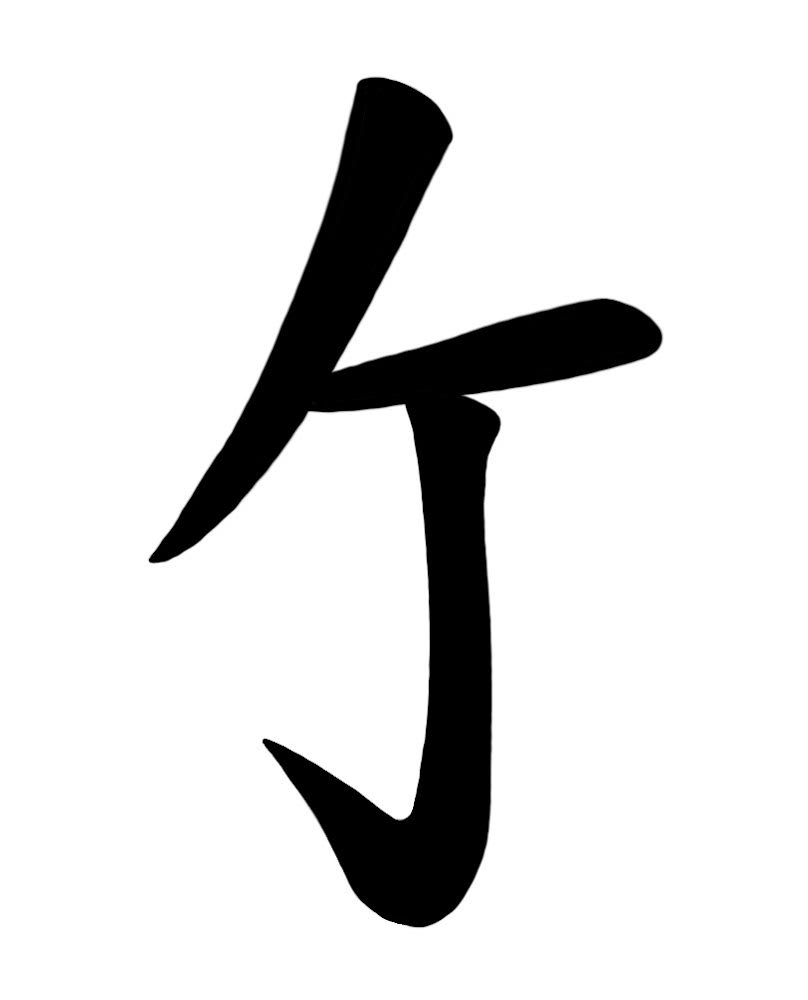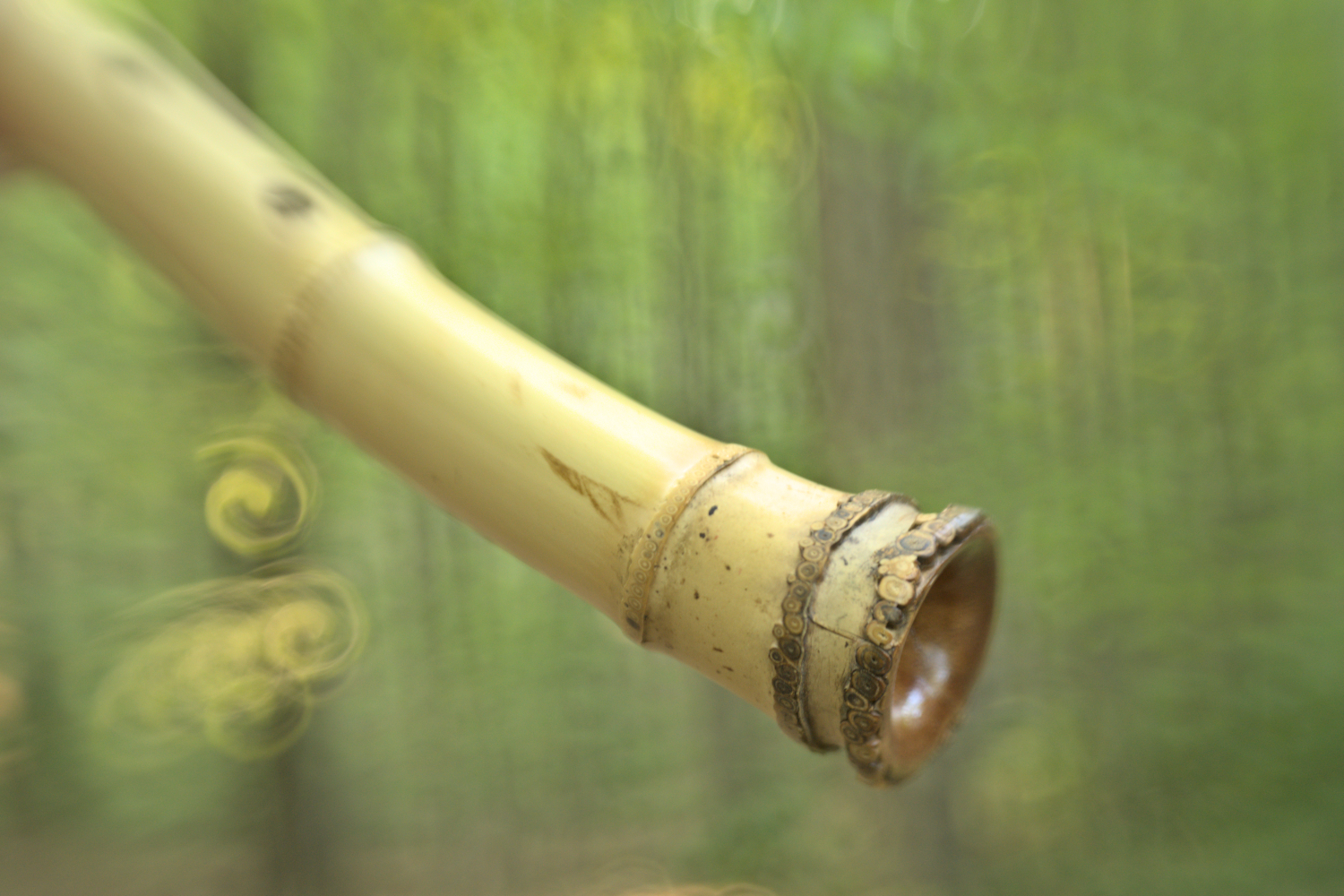Shakuhachi Meri Note Pitch
(For a Meri note fingering chart, see the Shakuhachi Note Charts)
You’ll often encounter differing opinions on the pitch of Meri notes on the shakuhachi. These are the notes that are intentionally flattened from the instrument’s standard ‘natural’ or ‘open-hole scale’ (which is typically a minor pentatonic). Some advocate for Meri notes to be flatter, while others prefer them to be less flat.
The Challenge of Meri Pitch
Undoubtedly, achieving precise Meri notes is one of the most challenging aspects of shakuhachi playing, second only to producing a consistent tone. Objectively, it requires greater skill and effort to play Meri notes deeper or flatter. This is akin to a dancer who possesses the ability to jump exceptionally high or far. Just as that dancer has the artistic choice to utilize their full range, or not, players have similar choices with Meri pitch. And, of course, many dancers simply may not have such a high jump, which is perfectly fine.
Similarly, some players renowned for their abilities could execute very deep Meri notes. Yet, many other players, while not able to Meri as deeply, still produced beautiful and compelling music. It’s rare, but some highly skilled players can Meri deeply but choose not to, perhaps only for specific pieces or styles. Just as with dancers, we can choose to appreciate and enjoy this variety in Meri note pitch, understanding that such variations ride on the same underlying current or core spirit.
Examples of Meri Pitch
On a standard 1.8 shaku D shakuhachi, the deeper Meri pitches typically approximate:
- Ro-dai-Meri: C
- Tsu-Meri: Eb -25 cents
- Chi-Meri and U: Ab -25 cents
- Ha/Ri-Meri: Bb -25 cents
Conversely, it’s not uncommon for practitioners of Myoan Taizan Ryu to play Tsu-Meri as sharp as E, for example.
Meri Pitch in Broader Japanese Music
It’s important to note that most traditional Japanese stringed instruments and vocalists naturally produce these equivalent “flattened” notes on the deeper, flatter side. Unlike the shakuhachi, this requires no extra effort from them, unless they are consciously adjusting to match a shakuhachi player who performs Meri notes on the sharper side. Therefore, in the broader context of traditional Japanese music, these notes are generally understood as being flatter. The shakuhachi community, likely due to the inherent difficulty in achieving flatter Meri pitches, maintains a wider acceptable range for these notes.

